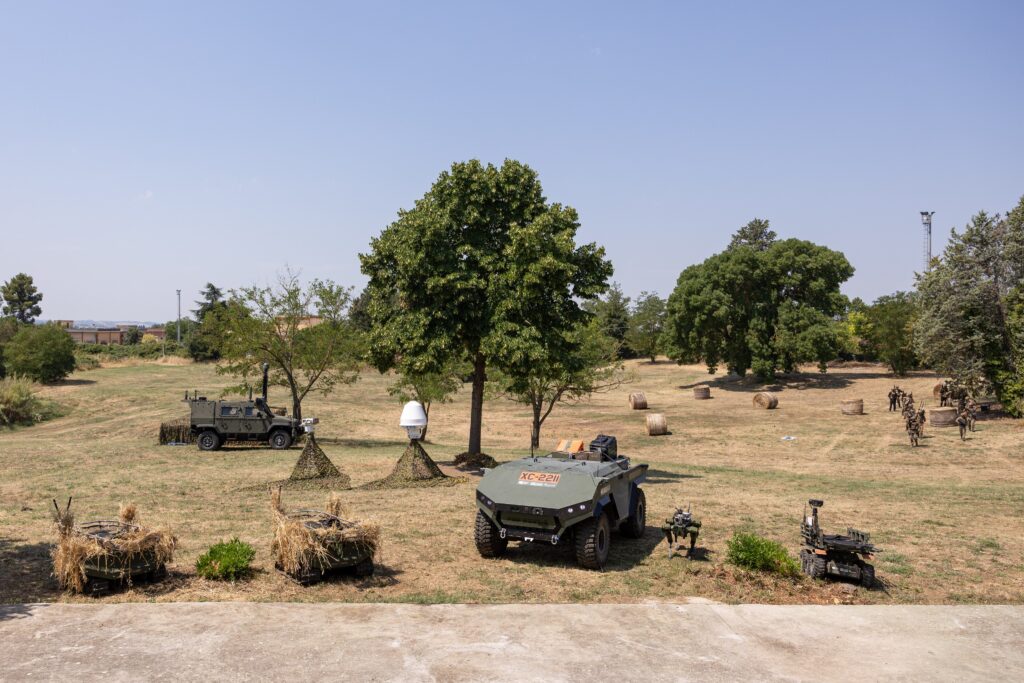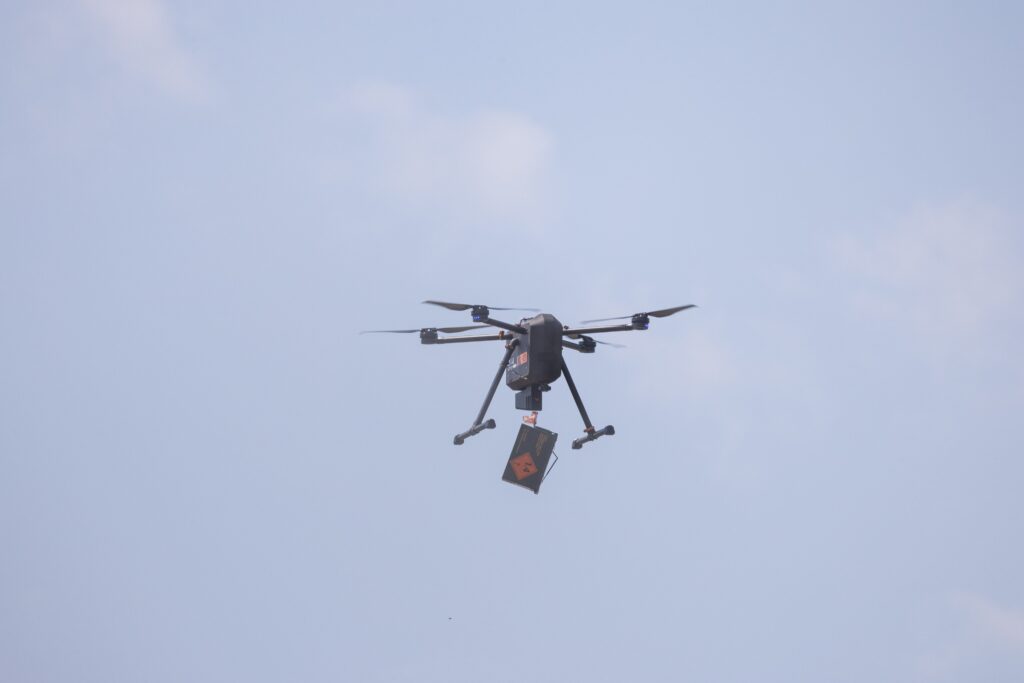Ukraine’s use of drones and robots in live combat is directly shaping European military technology, as the European Defence Agency (EDA) launches its first joint trials of unmanned systems.
The exercise, held at the Montelibretti base near Rome, marks the launch of the Defence Innovation Operational Experimentation (OPEX) campaign — aimed at accelerating Europe’s battlefield readiness with robotic and aerial platforms.
“Ukrainian experts have helped us design scenarios for the use of the technology, and the EDA will create a blueprint to show armies how they can quickly integrate it,” André Denk, EDA’s chief executive, told Defense News.

Europe seeks to close the “valley of death” in military tech
The EDA’s goal is to address the long-standing gap between innovation and deployment — what officials call the “valley of death” where promising military technologies often stall before reaching the field.
“The war in Ukraine reshaped our understanding of defense innovation, compressing years of development into weeks,” said André Denk. “Accelerating innovation from the lab to the field is our ticket to operational relevance.”
Drones and robots simulate front-line logistics
The exercise brought together unmanned aerial vehicles (UAVs) — better known as drones — and unmanned ground vehicles (UGVs), which are robotic land-based systems designed to operate without a human on board.
Over the three-week trial, UAVs were used to deliver supplies, which were then transferred to UGVs for the final stretch to simulated front-line positions — a logistics method already employed by Ukrainian forces in active combat.
The companies involved included:
- UAVs: Beyond Vision (Portugal), Altus LSA (Greece), Schiebel (Austria)
- UGVs: Alysis (Spain), Piap (Poland), Arx Robotics (Germany)
The robotic vehicles were put through their paces in rough terrain, including water-filled ditches, to evaluate how well they could perform under battlefield-like conditions.

NATO observers watch real-world scenarios
Military officials from Italy, Germany, France, Austria, Belgium, Cyprus, and Greece attended the trials, which ended on 3 July.
“We are missing a link between research and development and end users,” said an EDA official. “This exercise was a chance for militaries to see the technology in action and understand the possibilities for tactics and doctrine.”
What’s next: Nettuno trials and wider EU integration
Testing will continue at the Italian army’s Nettuno facility, where upcoming operational trials will explore how UAV and UGV systems can be integrated into standard military procedures across EU member states.
“We are now showing armies systems they don’t know about and increasing discussions and lessons for the first time,” the EDA official said.




